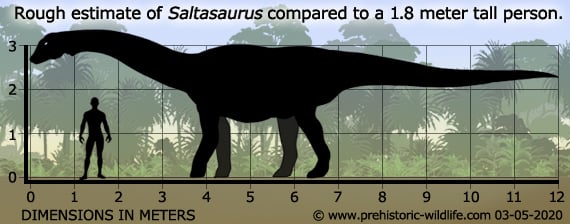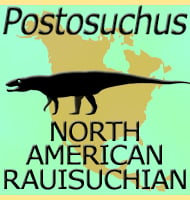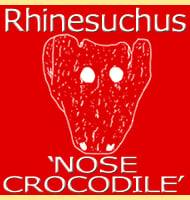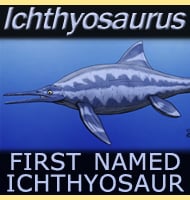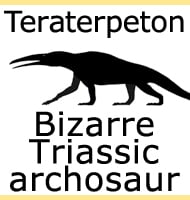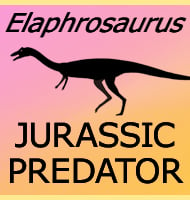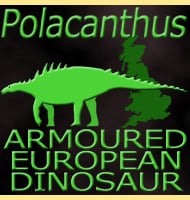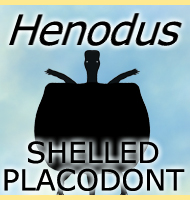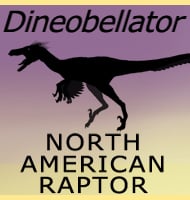In Depth about Saltasaurus
The discovery of Saltasaurus was a revelation in that at least some titanosaurid sauropods actually had armour plates on their backs.
These plates are actually called osteoderms and are bony growths that were within the skin, and in Saltasaurus these were ten to twelve centimetres across and seemed to form low conical spikes.
These osteoderms had actually been found before the discovery of the main Saltasaurus remains and were thought to have been the remains of an armoured ankylosaurid dinosaur.
Some Other sauropods have since been found to also possess similar armoured growths, included the related titanosaurid Laplatasaurus.
The presence of Saltasaurus in South America was also proof that while the sauropods in Northern latitudes declined and disappeared with the emergence of new herbivores like the hadrosaurs and ceratopsians, those that were isolated on the southern Island continents such as South America did not have to face this new competition and so continued to thrive until the very end of the Cretaceous when the dinosaurs became extinct.
Other sauropods such as Malawisaurus, Wintonotitan and the colossal Argentinosaurus also indicate a Cretaceous survival for the sauropods in Southern continents.
A Saltasaurus nesting site has been identified at Auca Mahuevo in the Patagonia region of Argentina. Nests containing an average of twenty-five eleven to twelve centimetre eggs have been found in a site that is thought to have been used by hundreds of female Saltasaurus.
The fossilised embryos inside these eggs have revealed that the bony armour along their backs were present even when the young Saltasaurus was inside the egg.
There large number and close proximity of the nests to one another has also been taken to indicate herding behaviour in Saltasaurus, perhaps as an additional defence against predators like Abelisaurus and Carnotaurus.
Further reading
- – A continental assemblage of tetrapods from the Upper Cretaceous beds of El Brete, northwestern Argentina (Sauropoda-Coelurosauria-Carnosauria-Aves) – Mémoires de la Société Géologique de France, Nouvelle Série 139:19-28 – J. F. Bonaparte & J. E. Powell – 1980.
- – Osteología de Saltasaurus loricatus (Sauropoda Titanosauridae) del Cretácico Superior del noroeste Argentino. – J. E. Powell – 1992.
- – Dermal Armor Histology of Saltasaurus loricatus, an Upper Cretaceous Sauropod Dinosaur from Northwest Argentina. – Acta Palaeontologica Polonica, 55(3): 389-398. – Ignacio A. Cerda & Jaime E. Powell – 2010.
